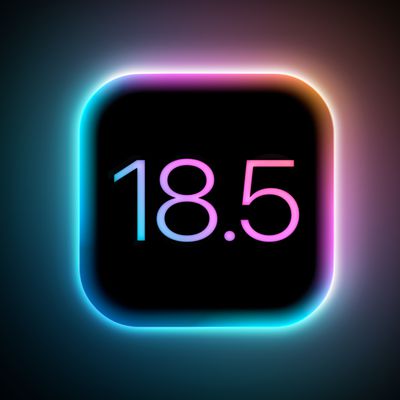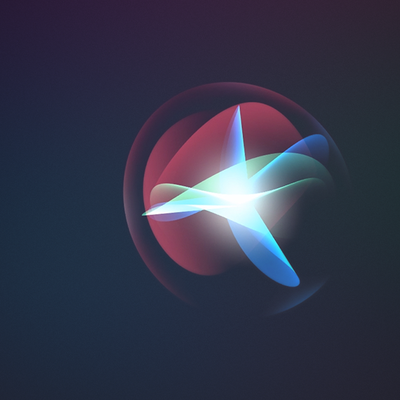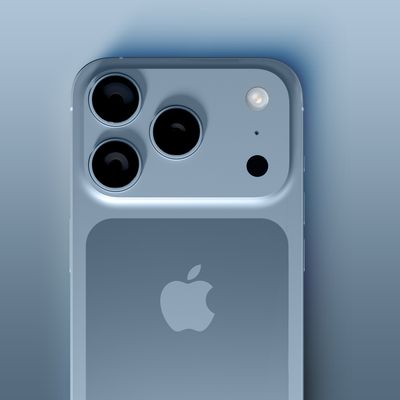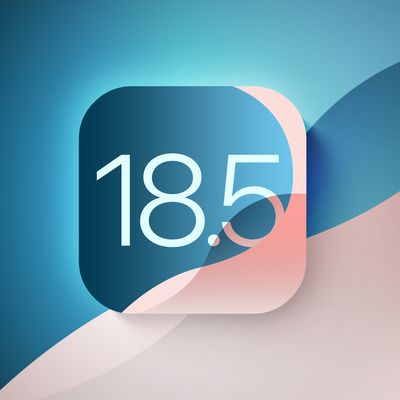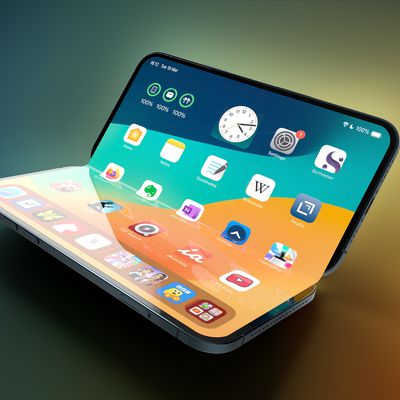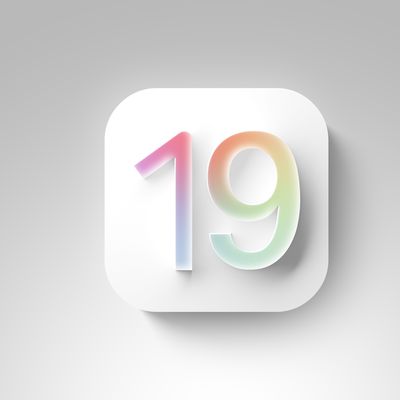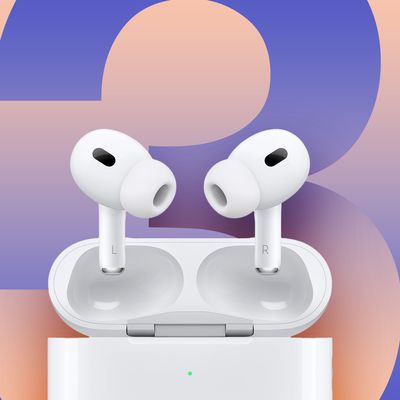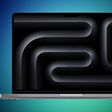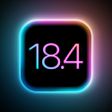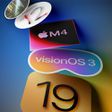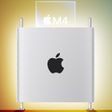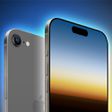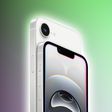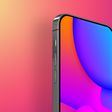USB4 Specification Merges Thunderbolt 3 and USB With Transfer Speeds up to 40Gb/s
The USB4 specification for a new version of USB was today published by the USB Implementers Forum [PDF] giving us details on what to expect from the next-generation USB architecture following a preview back in March.
USB4 is a major update that "complements and builds upon" the current USB 3.2 2x2 (USB-C) and USB 2.0 architectures. According to the USB-IF, the USB4 architecture is based on Thunderbolt, doubling the maximum bandwidth of USB and allowing for multiple simultaneous data and display protocols.
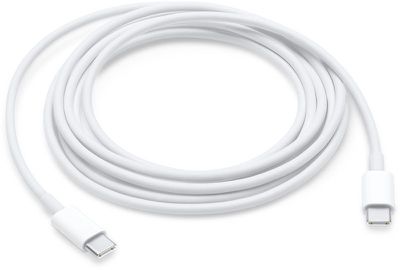
The USB-IF outlined key specifications of the USB4 architecture, such as 40Gb/s speeds (twice the current 20Gb/s maximum) and backwards compatibility with USB 3.2 and Thunderbolt 3.
- Two-lane operation using existing USB Type-C cables and up to 40Gbps operation over 40Gbps certified cables
- Multiple data and display protocols that efficiently share the maximum aggregate bandwidth
- Backward compatibility with USB 3.2, USB 2.0 and Thunderbolt 3
USB4 will use the same USB-C connector design as USB 3, which means manufacturers will not need to introduce new USB4 ports into their devices.
Apple's newest Macs offer support for USB-C and Thunderbolt 3, which means most Mac users are already experiencing USB4 speeds when using Thunderbolt 3 cables and devices, but USB4 will make Thunderbolt-style speeds the new default and it will lower the cost of devices that use these faster transfer speeds.
USB Power Delivery will be required in devices built for USB4, which also means we can expect to see higher-powered chargers with multiple USB4 ports.
Though the USB4 specification is complete, it will still be some time before we can expect to see devices that take advantage of USB4. It typically takes at least a year for new products to come out following the finalization of a new specification, so it will be late 2020 or beyond before we begin seeing USB4 devices.
Popular Stories
Apple today seeded the release candidate version of iOS 18.5 to developers and public beta testers, giving us a look at the final version of the update that will be provided to the public next week.
With the release candidate, Apple provided release notes, so we have a more complete look at the new features that are included in the update, including those that weren't found during the beta...
If you owned a Siri-compatible device and had an accidental Siri activation between September 17, 2014 and December 31, 2024, you could be eligible for a payment from Apple as part of a class action lawsuit settlement.
Apple in January agreed to pay $95 million to settle a class action lawsuit involving Siri spying accusations, and a website to distribute the funds has now been set up and...
We've still got months to go before the new iPhone 17 models come out, but a combination of dummy models and leaks have given us some insight into what we can expect in terms of camera changes.
Apple is adding new camera features, and changing the design of the camera bump for some models. You might be skeptical of dummy models, but over the years, they've proven to be a highly accurate...
In its press release for the new Pride Band today, Apple said that iOS 18.5 is "upcoming," following more than a month of beta testing.
We expect the iOS 18.5 Release Candidate to be released this week, and this should be the final beta version, barring any last-minute bugs or changes. The software update should then be released to the general public next week.
iOS 18.5 is a relatively...
Apple plans to release its first foldable iPhone next year, according to several reporters and analysts who cover the company.
In his Power On newsletter today, Bloomberg's Mark Gurman said the foldable iPhone will offer two key advantages over other foldable smartphones.
First, he said the foldable iPhone will have a "nearly invisible" crease when unfolded. This means the device's...
The first iOS 19 beta is just one month away, and there are already many new features and changes that are expected with it.
Apple should seed the first iOS 19 beta to developers immediately following the WWDC 2025 keynote, which is scheduled for Monday, June 9. Following beta testing, the update should be released to the general public in September.
Below, we recap the key iOS 19 rumors...
Apple's upcoming foldable iPhone will feature a new type of display panel developed by Samsung that has never been used in a foldable product, claims a source with links to Apple's supply chain.
According to the account yeux1122 on the Korean Naver blog, the foldable iPhone will use a custom display process for which Apple will hold branding trademark rights, and that meets Apple's stringent ...
Despite being more than two years old, Apple's AirPods Pro 2 still dominate the premium wireless‑earbud space, thanks to a potent mix of top‑tier audio, class‑leading noise cancellation, and Apple's habit of delivering major new features through software updates. With AirPods Pro 3 widely expected to arrive in 2025, prospective buyers now face a familiar dilemma: snap up the proven...



